BALTIMORE, MD – This fall, both of the polar bears currently living at the Maryland Zoo will be moving to other zoos as a result of recommendations from the Association of Zoos & Aquariums (AZA) Polar Bear Species Survival Plan (SSP). The bears, Neva and Amelia Gray, came to the Maryland Zoo as two-year-olds in 2018 from the Columbus Zoo & Aquarium and are half-sisters.
“At the time Neva and Amelia Gray came to the Zoo, they were almost two-years-old. We knew that at some point as they matured, they would eventually move to other zoos to continue their growth as adult bears,” stated Mike McClure, general curator at the Maryland Zoo. “These two are now almost 5-years-old and at a critical development stage in their lives. After consultation with the leadership of the Polar Bear SSP and other polar bear management experts, we have made the decision to move Neva and Amelia Gray to other zoos to offer them opportunities to further enhance their growth and development into fully mature adult bears in new ways.”
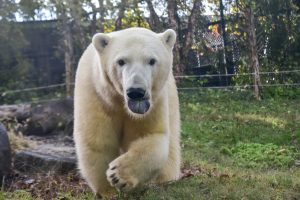
Amelia Gray will be going to the Oregon Zoo in Portland to be a companion to Nora, her six-year-old half-sister. (Nora and Amelia Gray share the same sire but have different mothers.) “Amelia Gray is more cautious of her surroundings and needs more time to assess all of the input she receives from her environment,” said McClure. “She also seems to do well having time alone to help her decompress from lots of stimulus. Oregon’s new Polar Passage habitat has several different areas and will be able to provide her with her own space as needed and opportunities for continued socialization.”
Neva will be moving to an accredited zoo on a breeding recommendation and will eventually be paired with an older male polar bear. “Neva has experience being around a male since she had a brother to compete with who was almost twice her size, and she is more assertive in her behavior,” continued McClure. “Neva tends to solicit interaction from Amelia and we felt she would be more comfortable engaging with a male which would likely lead to more successful breeding.” Both zoos have a great history with polar bears and staff dedicated to their health and well-being.
As preparation for the moves begin, we can’t predict when the bears will be visible to the public on a daily basis, so we encourage guests to monitor our website and social media channels for updates.
The biggest change guests will note is that both habitat sections at Polar Bear Watch will now be solely for the use of the grizzly bears, Nova and Nita. “Prior to the arrival of the polar bears, we took in two orphaned grizzly bear cubs and made an agreement with Montana Fish & Game to provide a home for them for their lifetimes,” continued McClure. “The agreement to provide lifelong care for the grizzlies was just one more factor in our decision to move Neva and Amelia Gray.”
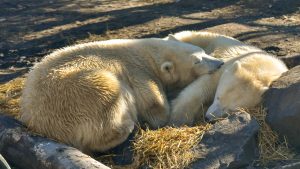
The two bear species would not normally share the same territories in the wild and they do not share the same space here at the Zoo, but are able to see, hear and smell one another. “Polar bears are highly attuned to the smells and sounds of everything going on in and around their habitat. Our observations have shown that at times it appears that the loud play behaviors of the grizzlies or simply their proximity may contribute to the polar bears becoming restless as they mature and seek more space to roam and explore,” McClure explained.
“We remain committed to the survival of polar bears in the world and to helping to address the challenges that climate change poses to these amazing animals,” stated McClure. “For now though, our future plan is to utilize the whole habitat for Nova and Nita as we evaluate our next steps with polar bears.”
Polar bears are native to the circumpolar north, including the United States (Alaska), Canada, Russia, Norway, and Denmark (Greenland). They are at the top of the Arctic food chain and primarily eat seals. Polar bear populations are declining due to the disappearance of sea ice, and experts estimate that only 20,000-25,000 polar bears are left in their native range. Some scientists believe if the warming trend continues, two-thirds of the polar bear population could disappear by the year 2050.

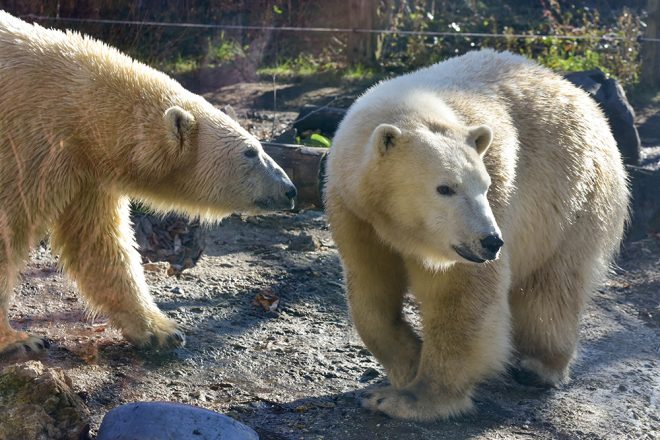

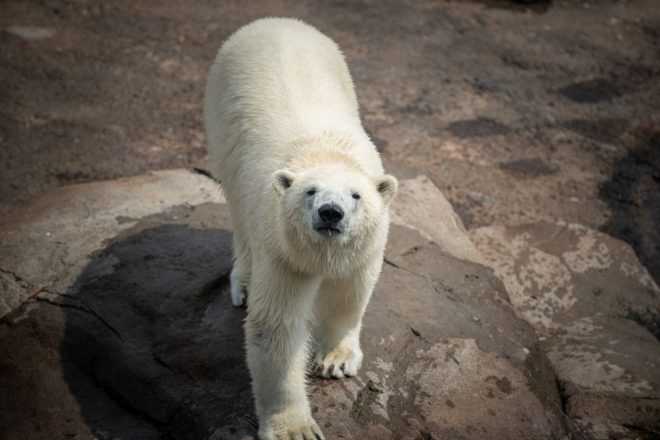
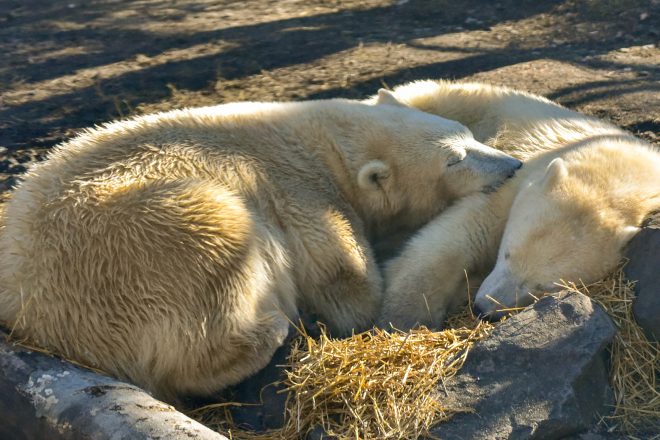
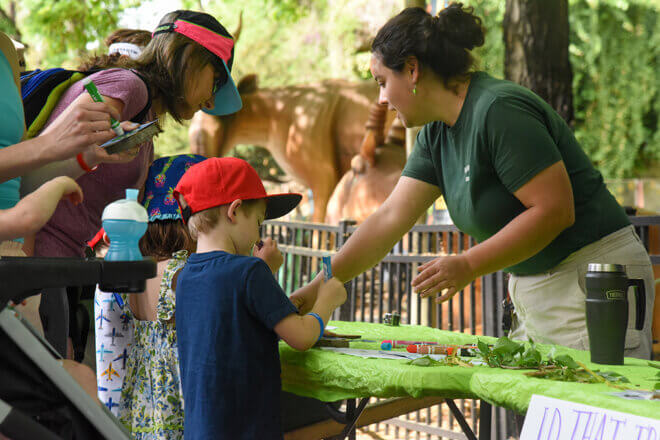



Share this article